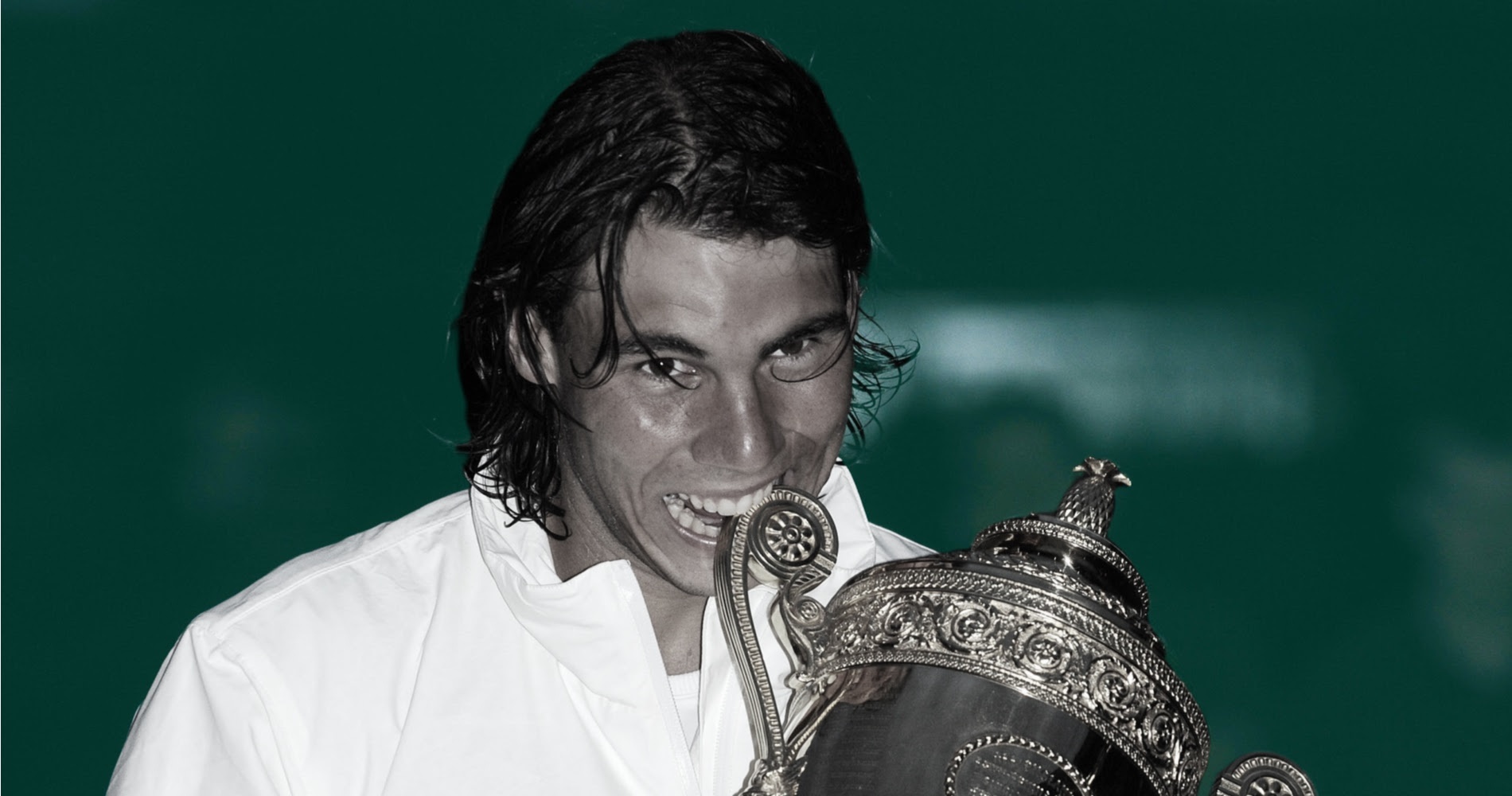Why Nadal is always in style – the fascinating history of tennis fashion
The 14-time Roland-Garros champion has caught the eye in more ways than one in 2022 so far
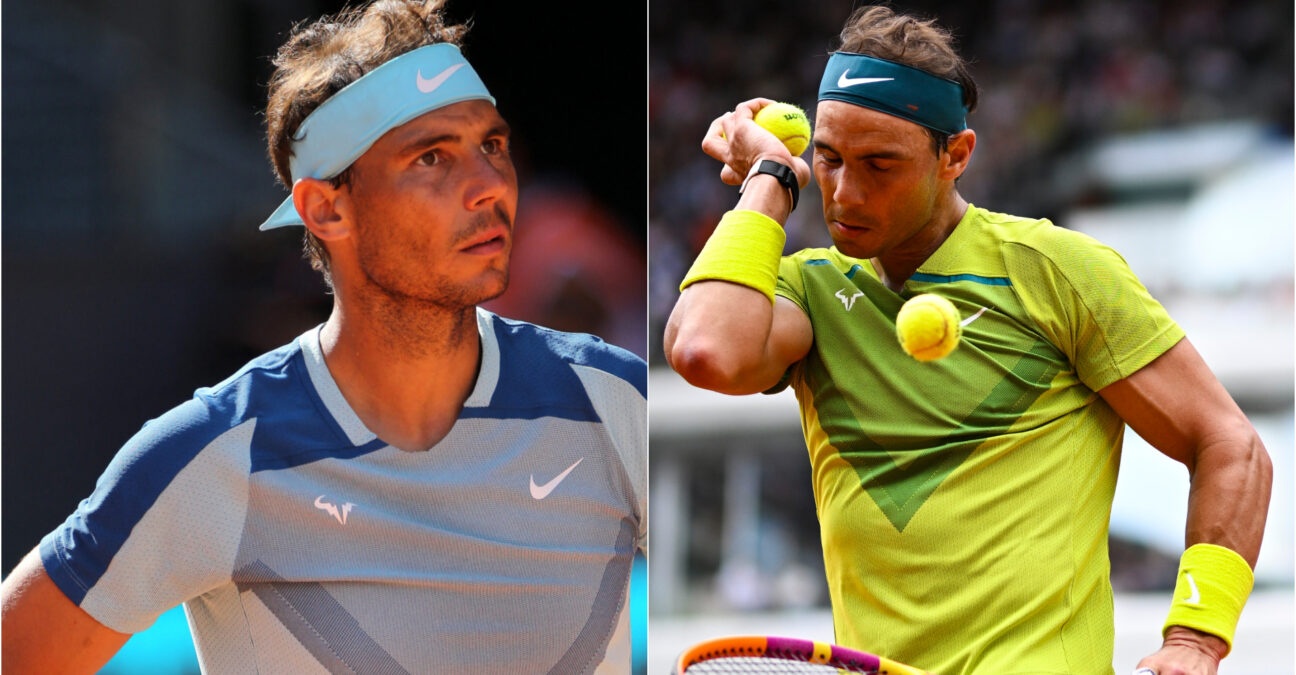 Rafael Nadal’s coloured kits, 2022
Rafael Nadal’s coloured kits, 2022
When Rafael Nadal returned to the court for the 2022 season, he donned a sharp new Nike kit. His revitalised game and the intense colour of his new clothing caught the eye of his devoted fans – who were eager to see him back in style during the clay court swing. He even picked up a record-extending 14th Roland-Garros title in the process, resplendent in his citrus-shaded kit.
The Spaniard’s trademark has been long shorts paired with a sleeveless top – and expert Marija Zivlak says that easily identifiable look has made him a tennis fashion icon.
“Whether he’s wearing capri-length pants or shorts, a sleeveless or a short-sleeve top, there’s one thing that continues to resonate through most Nadal’s outfits – bright colours,” she says. “Nadal prefers vibrant palettes and they perfectly complement his powerful tennis and energy on the court.”
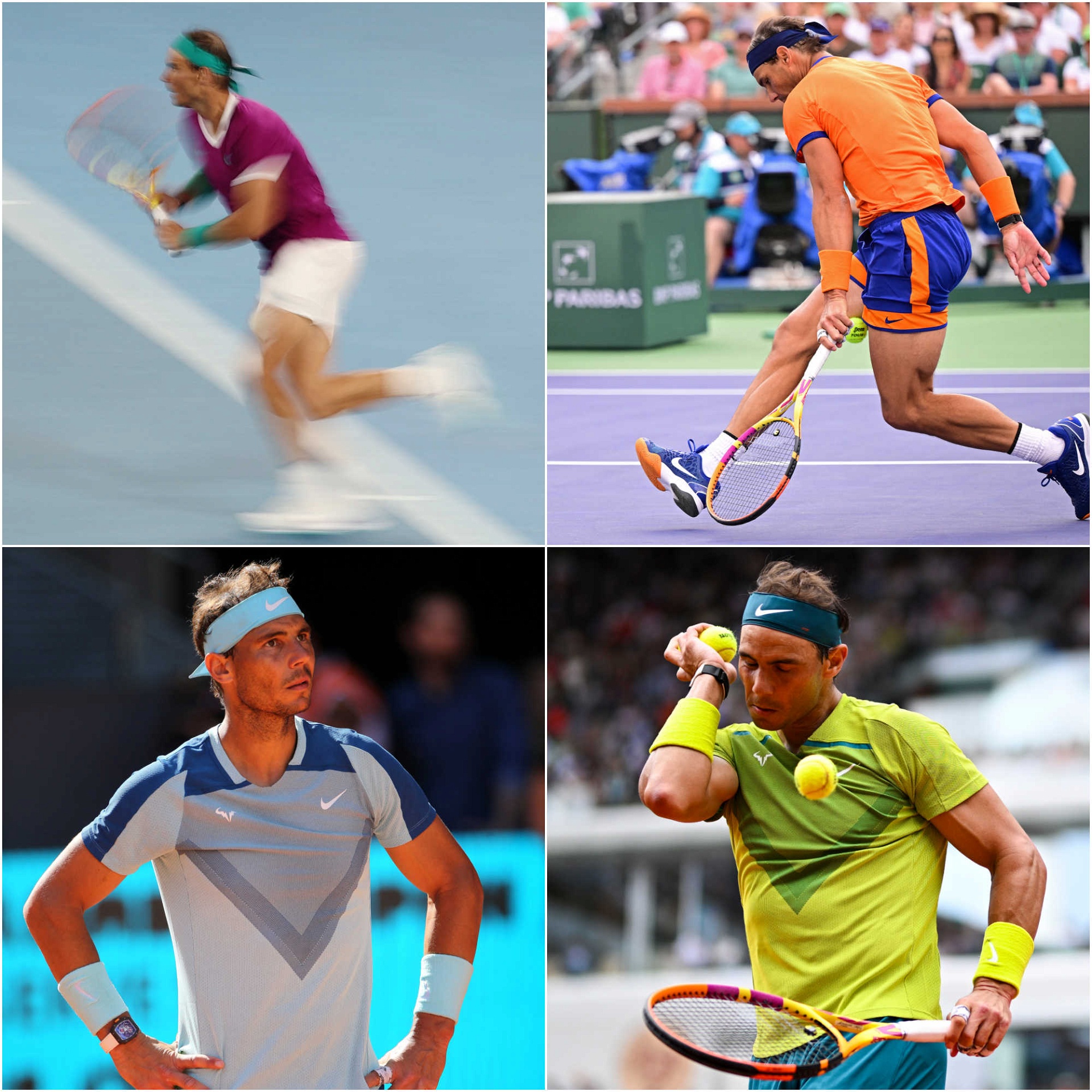
Nadal : the colours of his game
Nadal’s biographer Dominic Bliss – who describes him as “quite the clothes horse both on and off the court” in his new book ‘Rafa’ – is quick to point out that the 35-year-old’s fashion choices off and on the court are likely very little to do with his own choices. Instead, the cut and fit of his clothing are rather more influenced by the designers who work with and sponsor him – and there are plenty who are keen to have him in their lines.
“He looks pretty cool in both sports and smart or casual wear, and he is a globally famous sports brand,” Bliss says. “That’s why fashion brands are keen to be involved with him.”
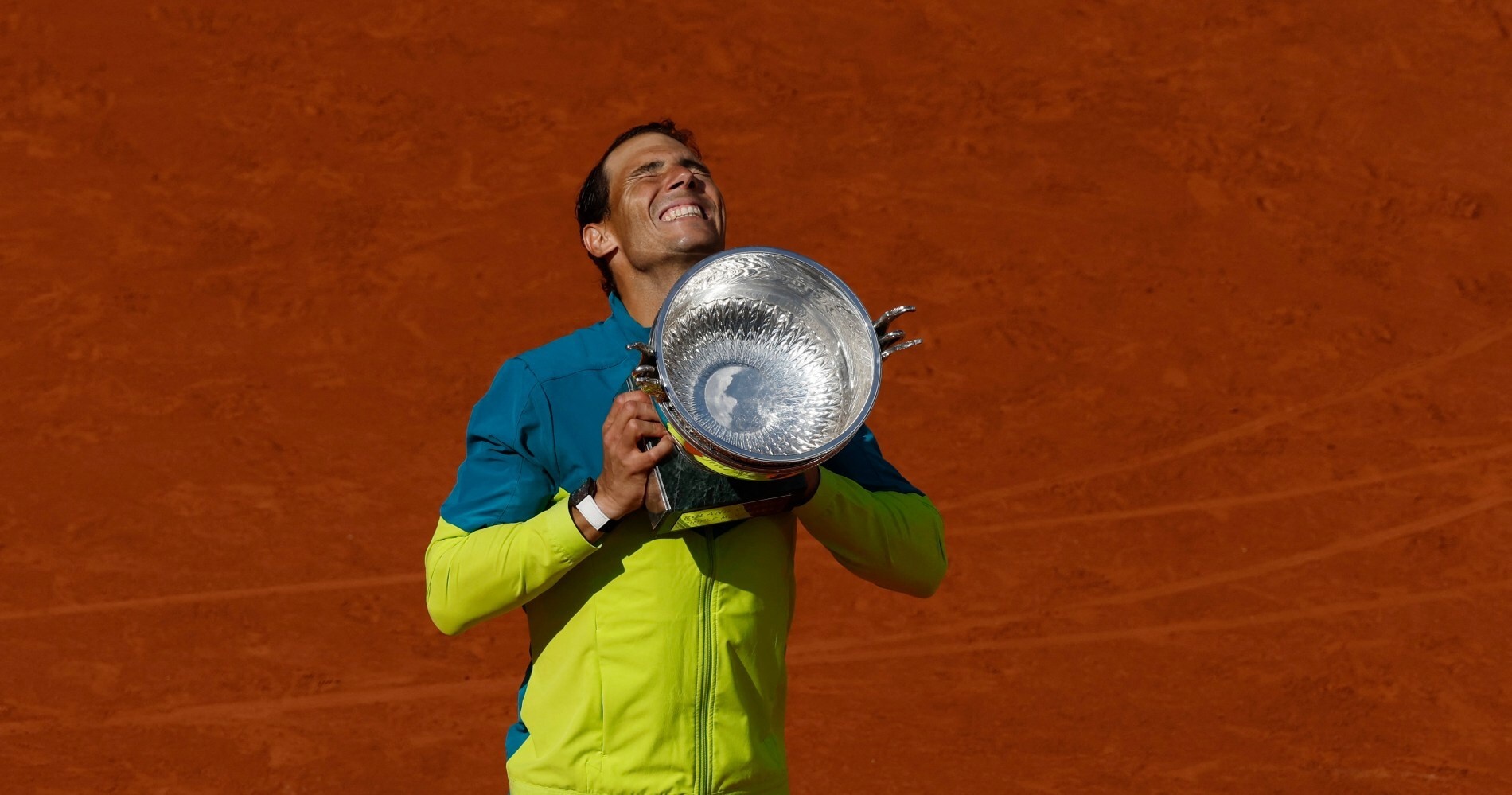
Bliss writes in ‘Rafa’ that television coverage of tennis guarantees huge sponsorship income for the top professionals.
“At tennis tournaments, in between points, the TV cameras focus on the players’ faces and upper bodies, guaranteeing that clothing logos are regularly in shot. Matches can last three hours or more – especially on Rafa’s favoured surface, clay – which, by the end of a tournament, adds up to a huge amount of on-screen exposure… the likes of Rafa, Federer and Djokovic have an extra draw: charisma, looks and widespread media appeal. In Rafa’s case, he has been winning (22) grand slam titles since 2005, guaranteeing him global media coverage and consequently household-name status.”
The most shocking fashions in tennis’s early years
This media-influenced choice of clothes, and indeed the vibrant purples, lime greens and turquoises of his current kit selections, are rather different from the first fashions in men’s tennis.
“One hundred years ago, the Nadal equivalent would have been wearing a white linen shirt and white flannel trousers – full length,” says tennis fashion historian Catherine Horwood Barwise. “Although there were no specific rules forbidding the wearing of shorts at Wimbledon, no-one did. There were only two exceptions. In 1927 a 15-year-old American Sidney Wood innocently wore golf-style plus fours – something never to be repeated! And T. J. Avory sported rainbow socks in 1930 – again never repeated.
One hundred years ago, the Nadal equivalent would have been wearing a white linen shirt and white flannel trousers – full length
Fashion historian Catherine Horwood Barwise
“In 1930 as well, Brame Hillyard, a UK player, wore shorts on an outside court but got knocked out – by Fred Perry – so no fuss was made. But in 1932, Perry’s doubles partner, Bunny Austin, wore shorts on Centre Court for the first time, and there was uproar. He’d first bought them to play at Forest Hills, in 1931, and had some more made in the South of France. But he came in for lots of criticism – hairy legs were OK on the soccer pitch but not the tennis court.”
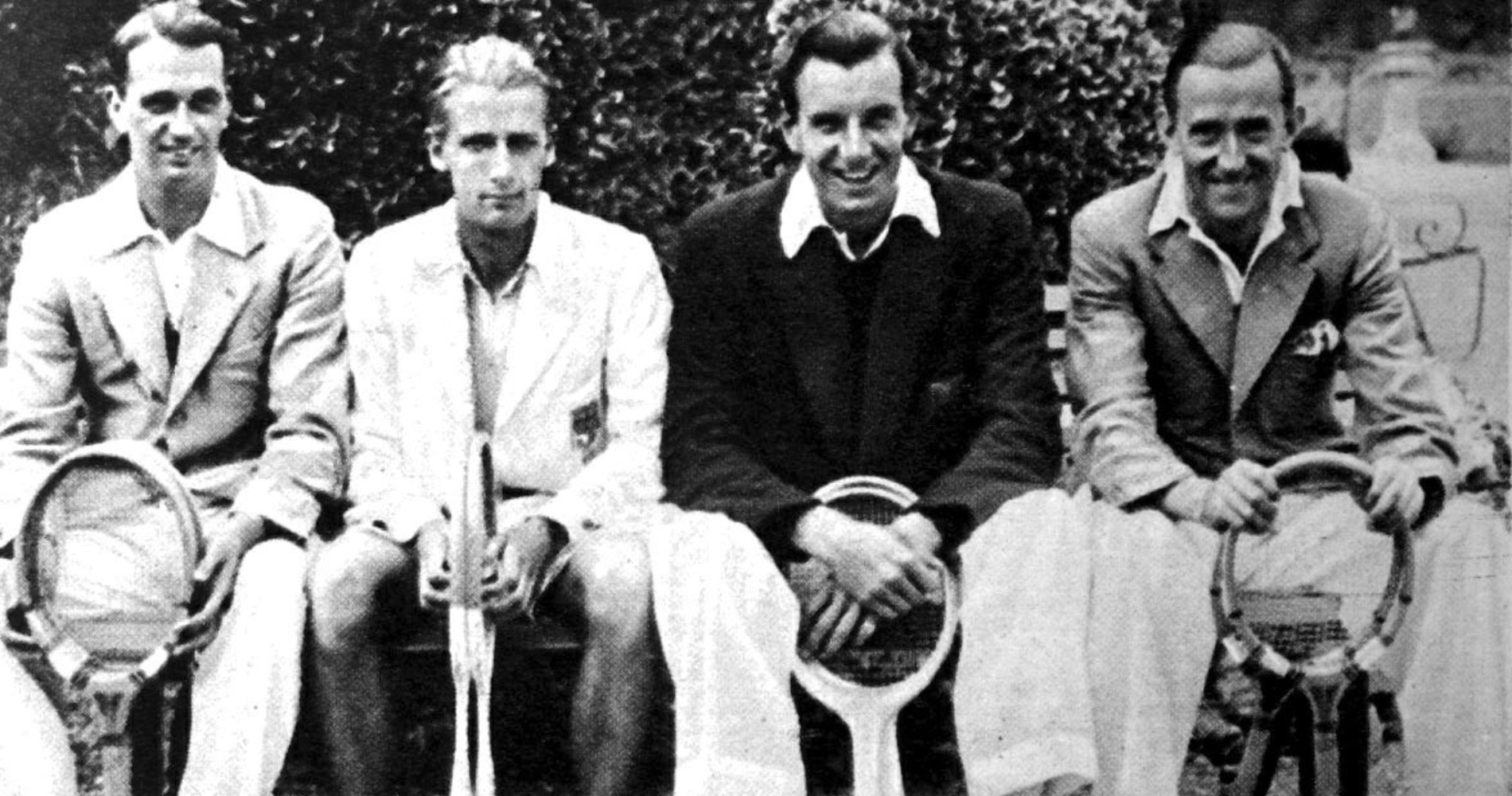
And this was a time where women’s hemlines were rising – and the most daring young ladies might even have been wearing shorts themselves.
“There’s a great Punch cartoon with a couple playing tennis in the [early] 1900s. The first picture has a couple on court, with the woman in a corset and floor-length skirt, and the caption has the man saying: ‘I believe you would have beaten me, Miss Browne, if you were not handicapped by your skirts.’ The second illustration has the emancipated young woman now in shorts from 1932 and the man in flannel trousers, and she says to him, ‘You’d give me a much better game if you left off those silly trousers’. Flannel incidentally was and is quite a warm fabric.”
Why there’s been gossip about women’s fashion – but not so much about men
There has been lots of commentary about women’s fashion choices on court – but what a man wore on court was evidently also significant to onlookers as well as players themselves. One of the most famous names of the era felt that his choice of clothes on court indicated the type of person he was off it.
“Interestingly, Fred Perry never wore shorts at Wimbledon. This was to do with class – Perry thought he was seen as ‘a rebel from the wrong side of the tennis tramlines… not quite the class of chap they really want to see at Wimbledon’,” says Horwood Barwise. “But of course, he later went on to give his name to one of the most successful ranges of British sportswear in the second half of the 20th century. This may have been looked down on as commercialism but made him a lot of money as it did for René Lacoste in France at the same time.”
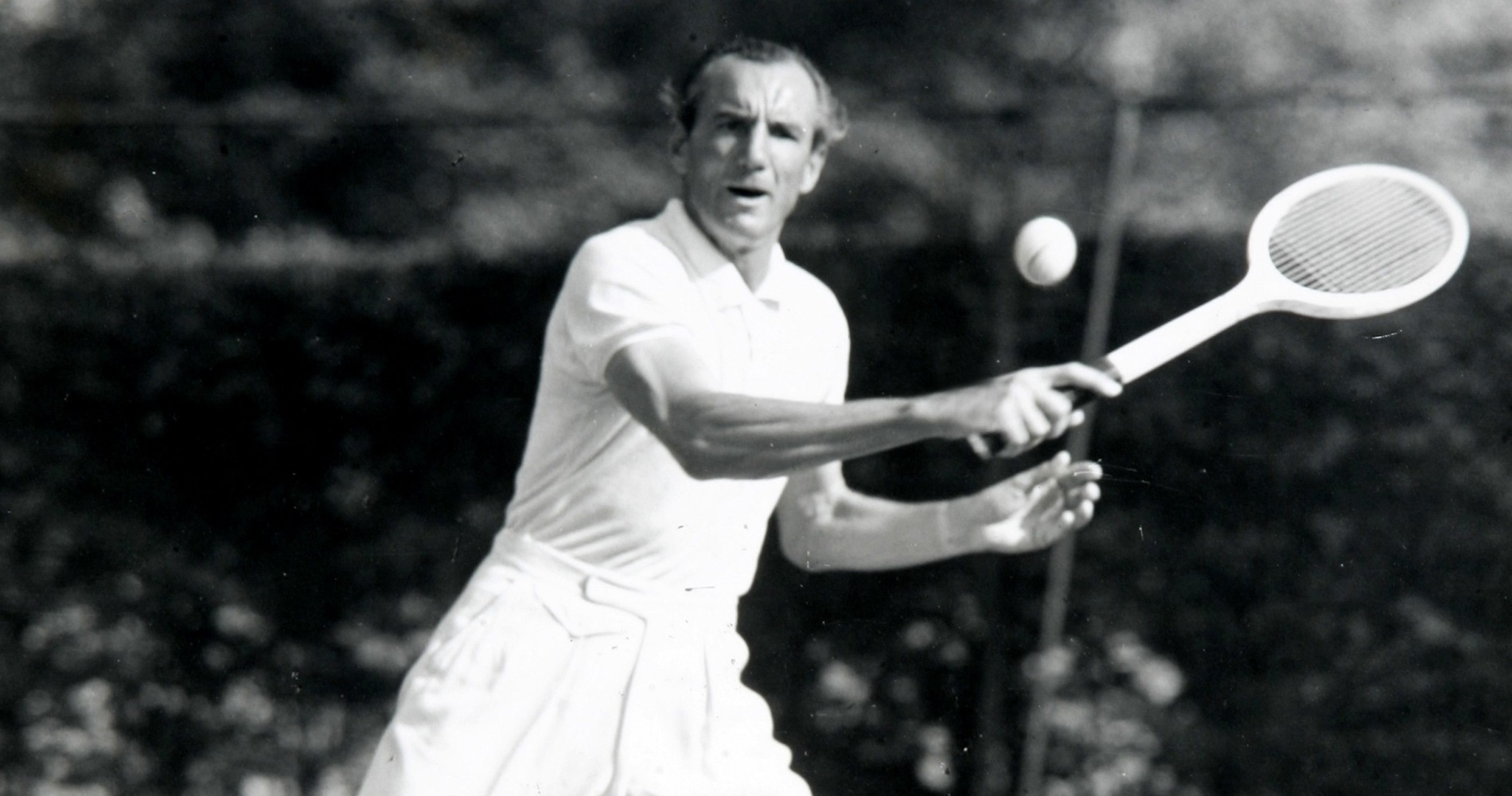
So why has there been so much emphasis on women’s sporting fashion when men’s sporting fashion has been just as significant? Horwood Barwise says that there has always been more interest in women’s clothes just as there are about women’s bodies: “It’s always under the guise of concerns about modesty whether it was Suzanne Lenglen’s shorter dresses and lack of a corset in the 1920s or ‘Gorgeous Gussie’ Moran’s frilly knickers in 1949. There’s a long list!”
But the interest in Nadal’s kit – not to mention the social media buzz around it – is indicative that men’s clothing can be just as fascinating to fans.
“People like to express themselves through fashion and tennis courts are no exception,” suggests Zivlak – who goes so far as to suggest that wearing an attractive, well-cut kit can benefit one’s results. “When you look good and feel comfortable, you perform better.” Perhaps if we asked him, the 22-time Grand Slam champion would agree.



